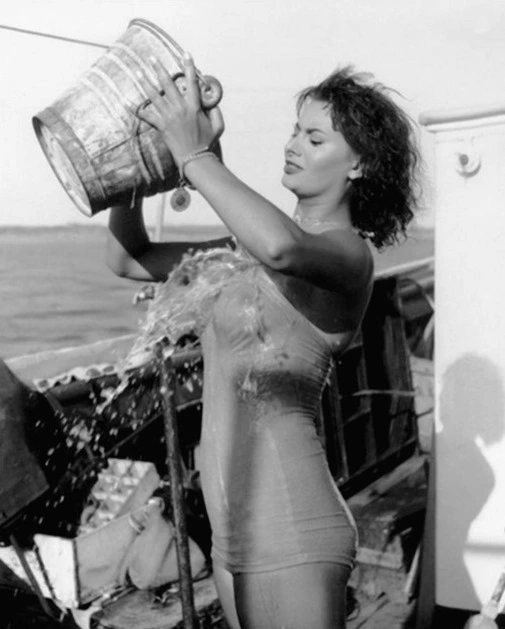
BURLINGTON ARCADE – This covered passage, with its fashionable little shops, runs from Piccadilly to Burlington Gardens. The reason for its building is a curious one – the annoyance caused to Lord George Cavendish, who was then the owner of Burlington House, by ‘the inhabitants of a neighbouring street throwing oyster-shells, etc. over the wall of his garden’. To stop this, he caused ‘a covered promenade’, with shops on either side and rooms above, to be built in 1819. Lord George was a grandson of the 3rd Earl of Burlington, the famous art patron. Burlington House, together with the garden, was acquired by the Royal Academy of Arts in 1867 as its headquarters and the famous Academy exhibitions have been held there ever since. In our picture may be seen two of the Arcade’s uniformed beadles, who ensure that the regulations forbidding such things as running, whistling or pushing prams are kept.
From “Country Life Picture Book of London” with photos by G F Allen
Read Full Post »

































